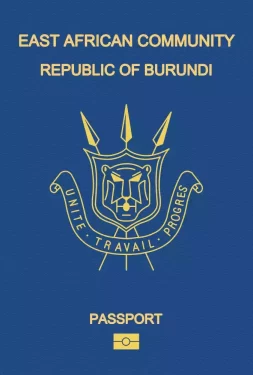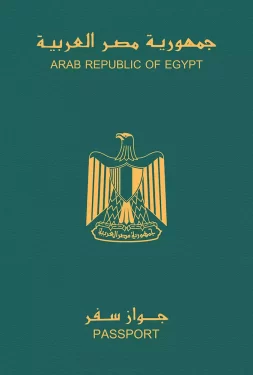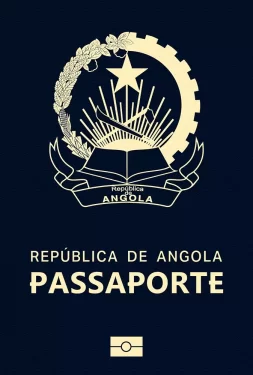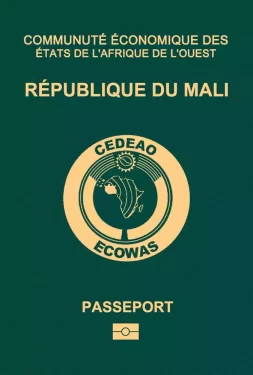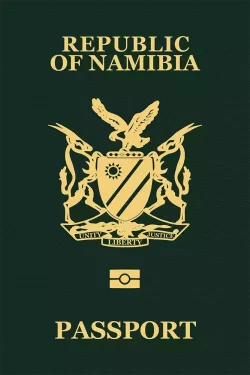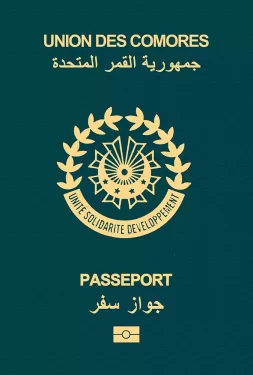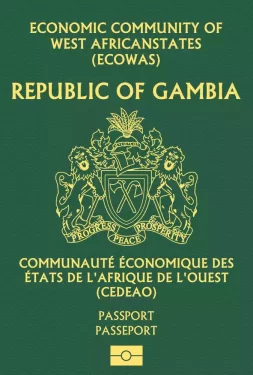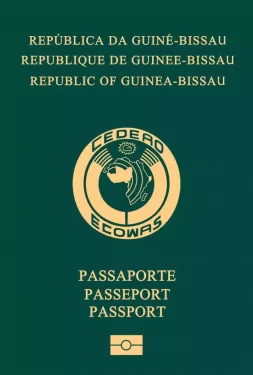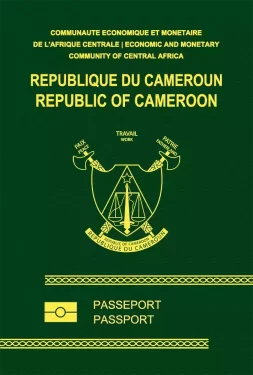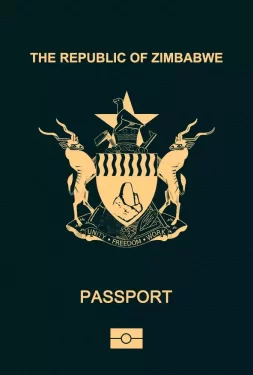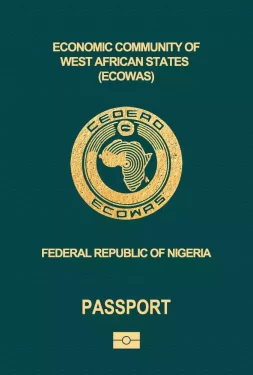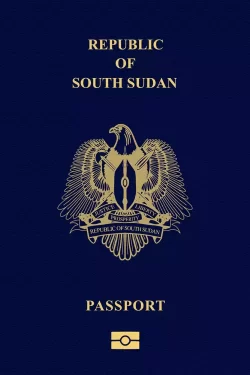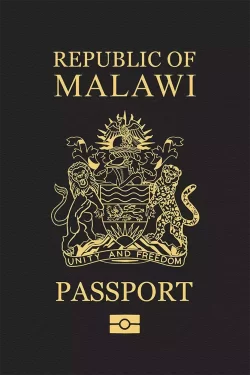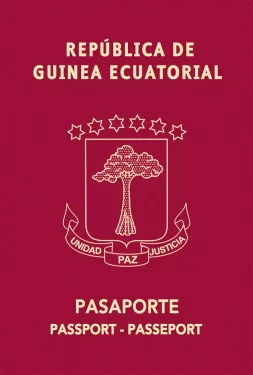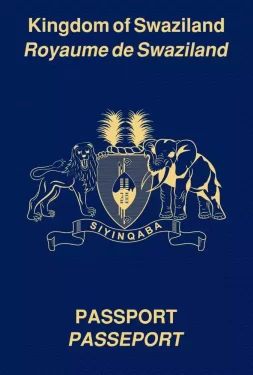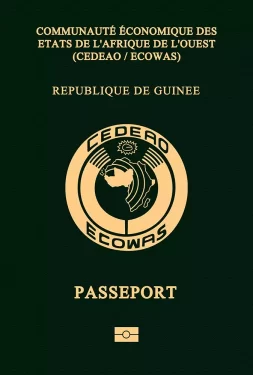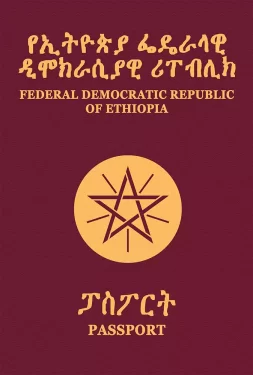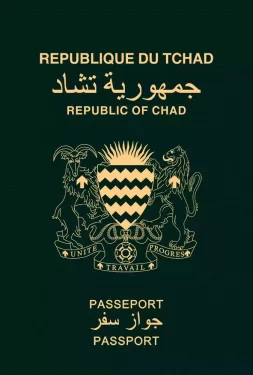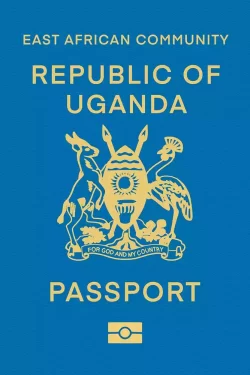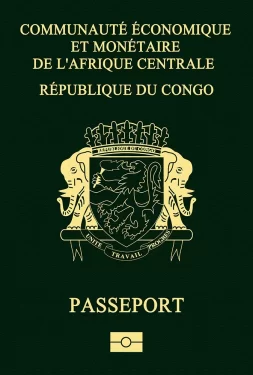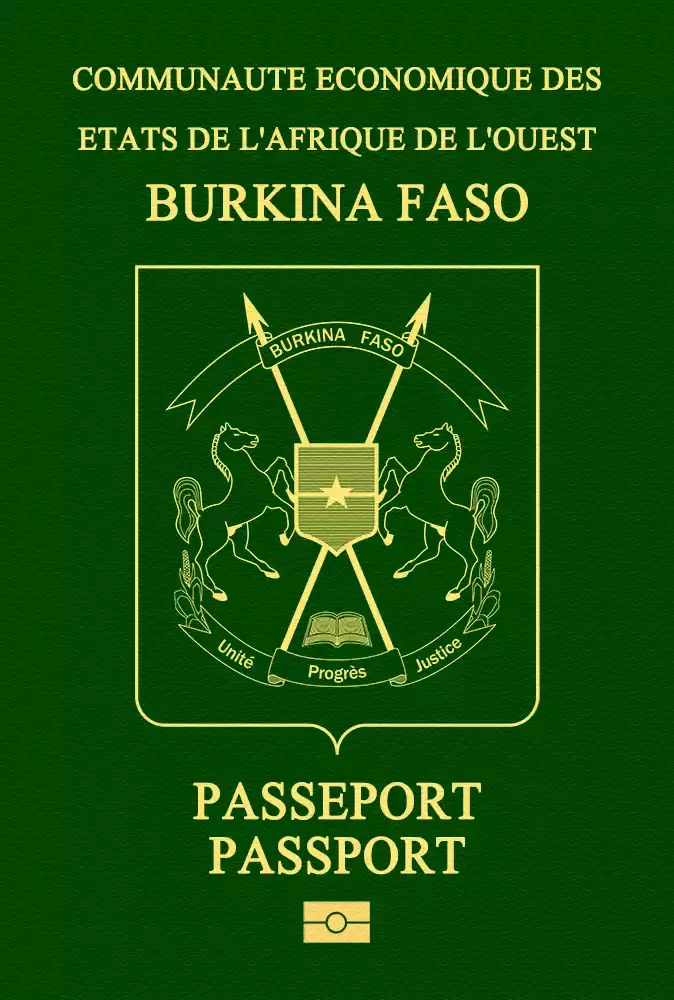
Burkina Faso
Burkina Faso passport ranking
The Burkinabe passport is currently ranked 82nd place on the Guide Passport Index. It provides visa-free access to 58 destinations. Burkinabe passport holders have visa-free access and visas on arrival to countries such as Philippines, Singapore, and Sri Lanka. Burkinabe citizens do however require a visa to enter 171 destinations in the world such as China, Turkey, Russia, the United States and the entire European Union. This high visa requirement results in a low mobility score.
Burkina Faso Passport Ranking
The Burkina Faso passport ranking relative to other global passports is calculated by adding up the number of countries that allow Burkina Faso passport holders to enter without a visa (i.e. visa-free countries) and those that allow Burkina Faso passport holders to enter by obtaining a visa on arrival (i.e. visa-on-arrival countries) or electronic travel authorization (eTA). There are currently a total of 32 Burkina Faso passport visa-free countries, 24 Burkina Faso visa-on-arrival countries, and 2 eTA destinations.
Altogether, Burkina Faso passport holders can enter a total of 58 destinations—either without a visa, through a visa on arrival, or via an eTA. As a result, the Burkina Faso passport ranks 82 in the world.
Separate from these Burkina Faso visa-free countries and visa-on-arrival countries, there are 171 additional destinations in which Burkina Faso passport holders either need a physical visa to enter or an eVisa (i.e. visa required countries).
About Burkina Faso
The landlocked Burkina Faso is a former French colony. Located in Western Africa it consists of 45 provinces. It borders Ghana, Togo, Benin, Niger, Mali and Côte D’Ivoire. The most important provinces are Centre, Boucle du Mouhoun, and Hauts-Bassins. The nation is the 29th largest country in Africa with a surface area of 274,200 square kilometers, making it one of the medium-sized countries in the continent. Its climate is divided into three climate zones: tropical savanna, tropical semi-arid, and hot desert. Its geography is mostly flat terrain.
The overall population is 21,935,389 million people. The capital of the country is Ouagadougou, which is also the most populous city with 1.4 million inhabitants. Other important cities of the country are Bobo-Dioulasso, Koudougou, and Banfora. The largest airport is Thomas Sankara International Airport (OUA). It has an approximate yearly passenger traffic of 600,000 people. It connects the country to destinations across Africa and to France. It is named after Thomas Sankara, a prominent socialist revolutionary.
Burkina Faso gained independence from France in 1960. Its culture is dominated by a mix of traditions and the French heritage. There is a religious mix in the country, with the majority (61%) being Muslim. The official language of the nation is French. However native African languages are more widely spoken. The legal system is based on the French civil and customary law. The government form is a presidential republic with President Ibrahim Traoré as elected chief of state. The Prime Minister is Apollinaire Joachim Kyélem de Tambèlaas head of government. Elections take place every 5 years.
The official currency of the country is the West African CFA franc (XOF) with the current exchange rate being XOF 596 to the USD. Burkina Faso has an open economy, generating a GDP of approximately $18.2 billion. This makes it the 21st largest economy in Africa. It has a per capita income of $825. The main GDP-contributing sectors are services and agriculture. Gold and cotton are some of the main export products.
Burkina Faso is a developing tourism destination offering several attractions. It is known for its wildlife and historic sites. Some of the major destinations are the capital Ouagadougou, Bobo Dioulasso, Aril National Park, the Ruins of Loropeni, and the Nazinga Reserve. The majority of the 150,000 yearly tourism visitors originate from the neighboring African countries and France. The government has put financing in place to further develop the tourism sector and to diversify the GDP.
